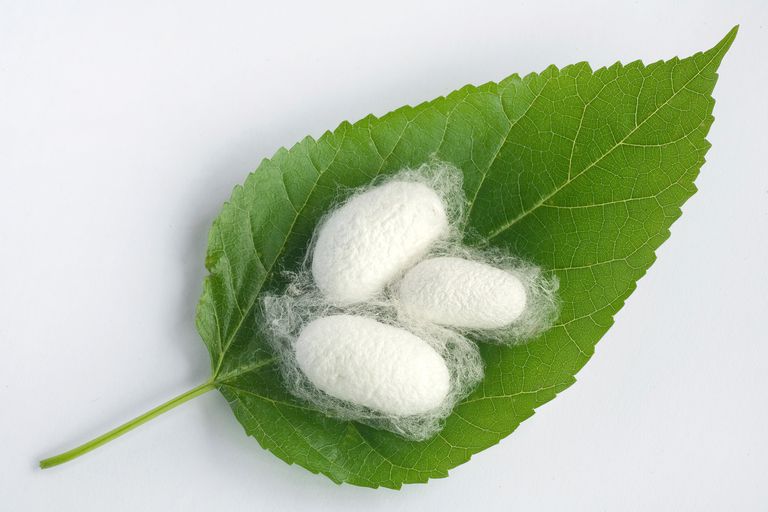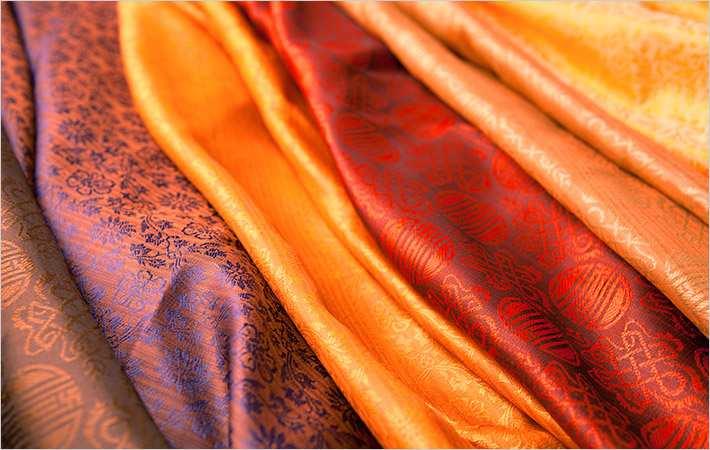According to the 27th century BC tale, the discovery of silk was an accident. It stated that Empress Leizu was having tea one day when a silk worm's cocoon fell into her cup.In its attempt to get out, the thread of the cocoon began to unroll.
So the Empress thought of weaving the thread. The Yellow Emperor, encouraged his wife to study the life of silk worm, and so she learned the art of raising silk worms or what is called sericulture. Her entourage was taught as well and thus the advent of the silk industry.


Traders introduced Chinese silk cloth to India, mainly from Samarkand and Bukhara and it gained immense popularity among the royalty and the aristocracy. Jamawar as well as brocade weaving centers in India developed in holy cities and trade centers because of the demand for expensive fabrics by the royal families and temples.
The ancient centers were situated mainly in Gujarat, Malwa and South India.
In the North - Delhi, Lahore, Agra, FatehpurSikri, Varanasi, Mau, Azamgarh and Murshidabad were the main centers for brocade weaving
The most well known Jamawar weaving centers were in Assam, Gujrat, Malwa and South India